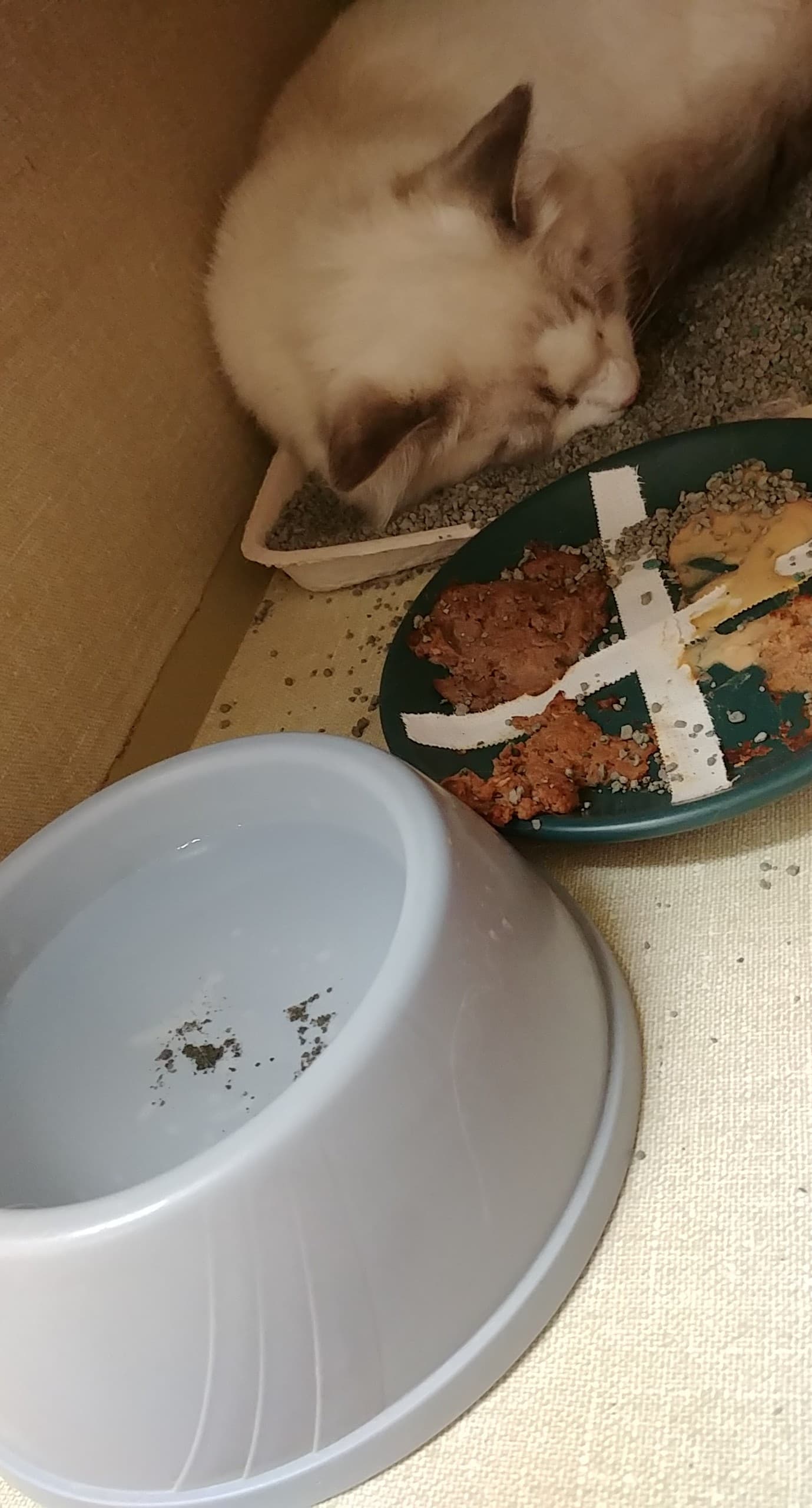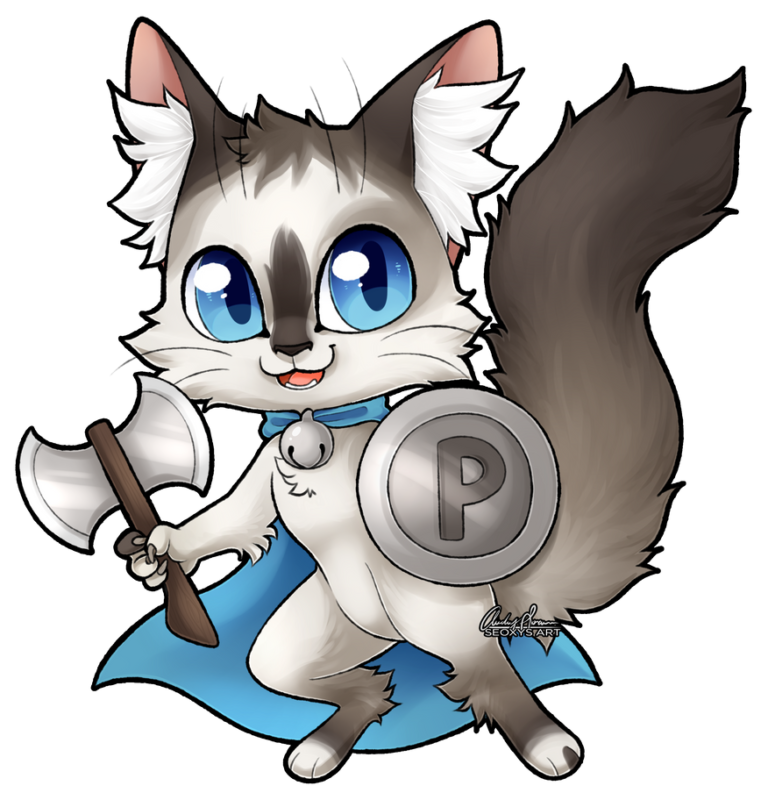About Petey
Petey is a 5.5 month old, purebred Siberian who is super intelligent, outgoing, affectionate and lives for belly-rubs. He came home on May 25, 2019, at 13 weeks of age and has been a perfect kitten since birth. He is a total Mama’s boy and since I work from home, we are inseparable 24/7.
His medical history includes his 3-way kitten-series vaccine, FELV vaccine, Profender kitten dewormer, and a 3-dose Marquis treatment for coccidia (Petey did not have coccidia, but was treated as a precaution due to his playmate tested positive). Prior to this week, he’s never been sick whatsoever. Not so much as a hair ball. He’s been incredibly healthy and is developing perfectly for his age.
He was scheduled to be neutered on August 19th, but that procedure will now be put on hold until he has completed treatment for FIP. He will not be getting a rabies vaccine, as it is too risky to give him while his immune system is compromised by FIP.
The Dreaded Diagnosis & It's Precursor
On Tuesday, August 6th, Petey was not interested in breakfast. Typically a voracious eater, he has never refused a meal. Ever. He’s been known to open cabinet doors and tear into a bag of food when he feels the need for an extra snack and if given the opportunity, he will climb into the fridge and attempt to help himself to people-food. He’s ripped a fork out of my hand more than once to get a bite of my meal. Like I said, Petey LOVES food, so missing a meal is a big red flag that something is wrong. In addition to inappetence, his third eyelids were more pronounced than normal, and he felt feverish.
At the vet, his temperature was 105.9. X-rays showed no foreign objects, blockages, swelling, or fluid. A full CBC and chemistry panel were run, results of which were perfectly normal except for a high white blood cell count and high neutrophils. He appeared to have a bacterial infection and was treated with Convenia (long acting anti-biotic), Cerenia (anti-nausea) and sub-cutaneous fluids. I monitored his temperature throughout the night and by bedtime, it had come down to just over 104. The anti-biotics seemed to be working.
On the morning of August 7th, his temperature spiked at 105.9 again. He still showed no interest in food, and he was becoming lethargic. I admitted him into the hospital for additional diagnostics and care. He was treated with sub-cutaneous fluids, Baytril injections (additional anti-biotic). cooling pads, Cerenia (anti-nausea), Cyproheptadine (appetite stimulant), and was syringe-fed throughout the day since he would still not eat on his own.
Thursday and Friday, August 8th and 9th, ongoing inpatient care continued but his fever remained at 105-106+. His doctor observed that his mouth was very red and inflamed and he was walking as if his joints were stiff/achy. These new symptoms were consistent with Calicivirus, which is treated with the same anti-biotics and supportive care that he was already getting. In addition, his doctor did introduce a third anti-biotic, Veraflox. His demeanor was quiet and lethargic, though he was content when I held him during my visits. In his cage, he laid in his litter box and barely moved.
On Saturday, August 10th, his doctor detected palpable fluid in his abdomen, which was confirmed by x-ray. Enter the fear of FIP… A new CBC and chemistry panel were ordered, and a fine needle aspirate of the fluid was sent for cytology and RT-PCR. There was no noticeable change in his demeanor – still quiet and lethargic.
The hospital was closed on Sunday, so I was not able to visit with him.
Monday, August 12th the results of the new blood and chemistry panels came in, and they looked entirely different than just 4 days prior. His white blood cell count and neutrophils had come down into normal range after 5 days of anti-biotics, but his a:g ratio had dropped to 0.7, bili value was high, and he was anemic. The classic markers for FIP that were nowhere in sight on Tuesday were now presenting themselves on the results from Saturday. The PCR results were still pending, but given the ascites, blood and chemistry markers, and non-responsive fever (still 105-106), we decided to start GS based on the presumptive diagnosis of FIP.
Petey received his first dose of GS at 6:00PM, Monday, August 12th. He is currently 6.4 lbs and is dosing at 5mg/kg, with a drug concentration of 16.7 mg/ml so his injection is 0.9ml. Gabapentin was given orally one hour before to help minimize the sting of the injection. He was also given a shot of Vitamin B12, Baytril, oral Pet Tinic, and a multi-vitamin.

